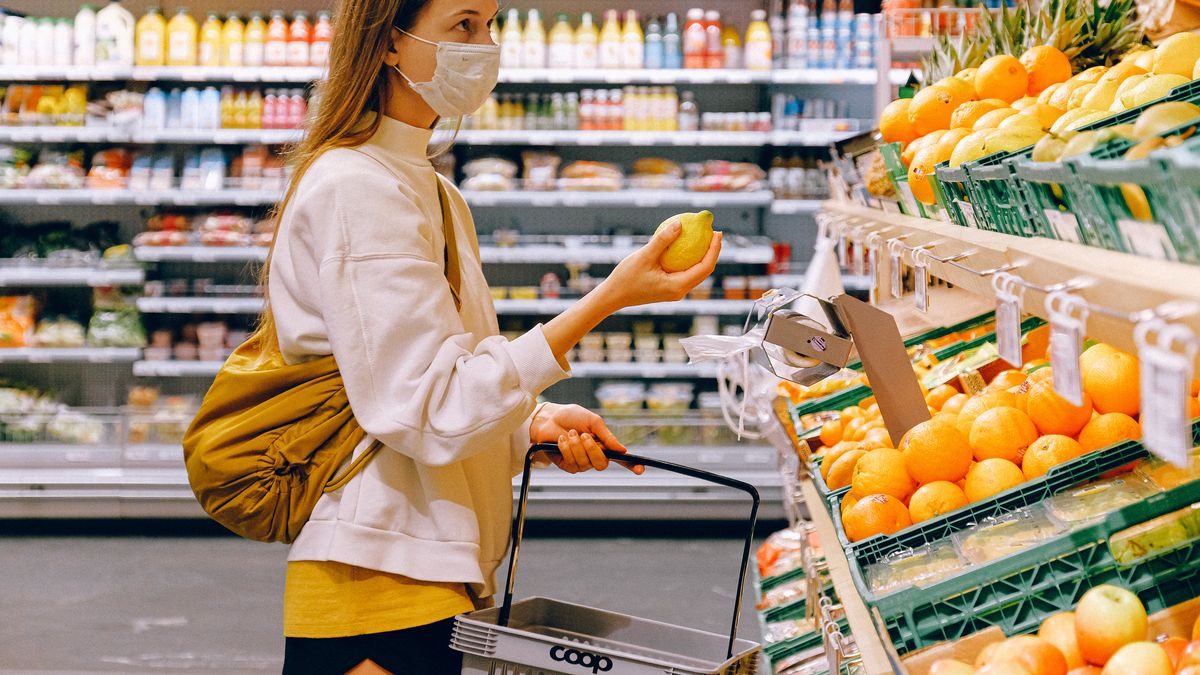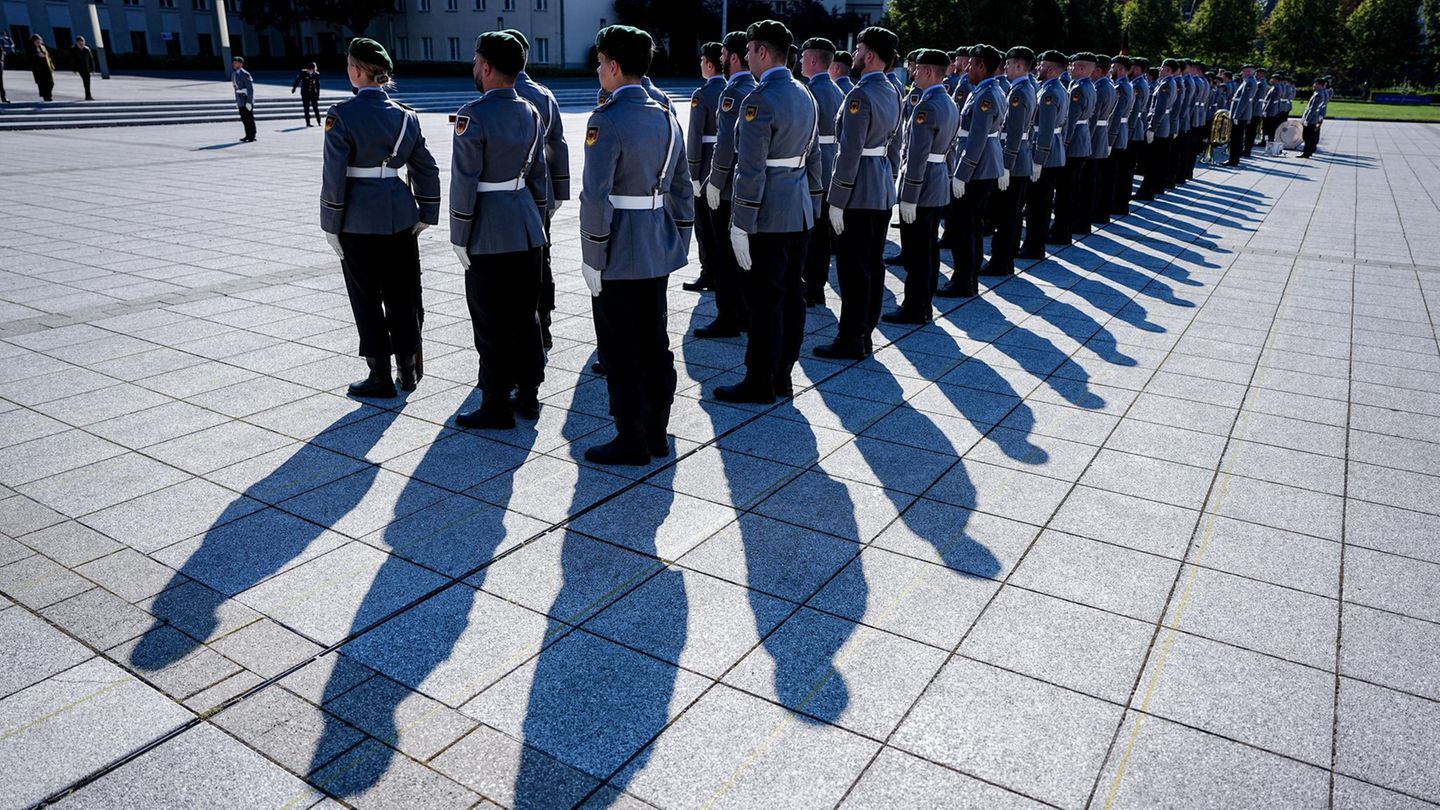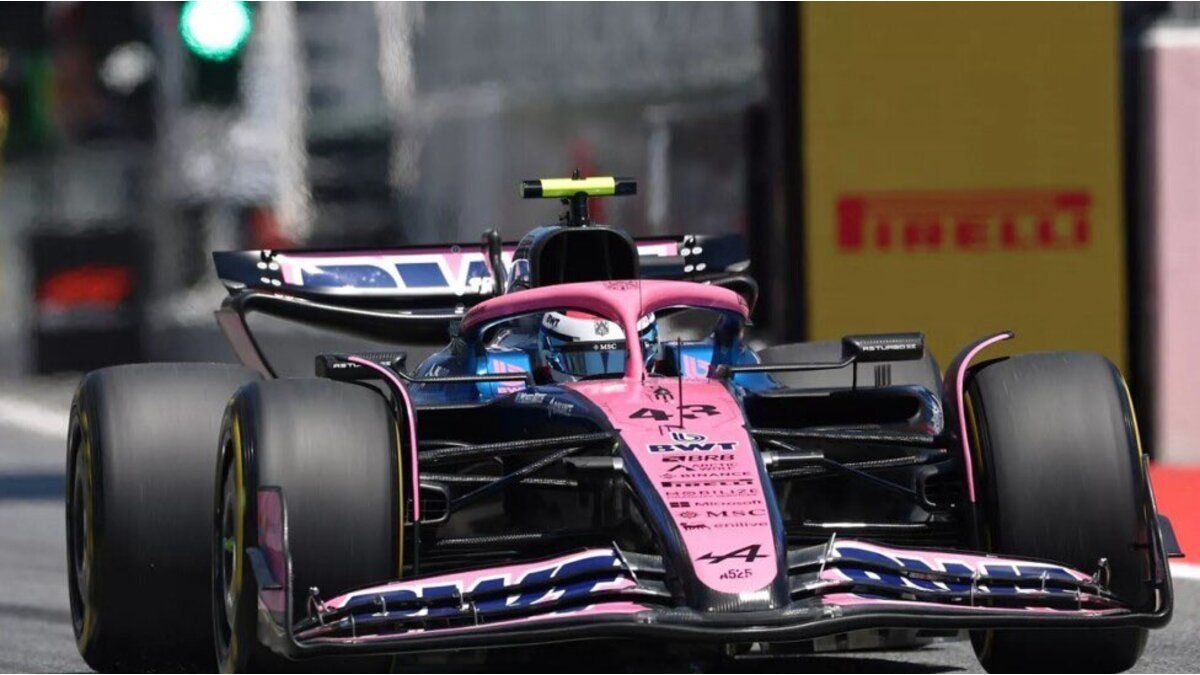Logically, being a survey of international scope, the values are expressed in Dollars and, in the case of food, the conclusion reached by the report is that some basics, such as meat, bread and milk, are among the cheapest globally.
Based on the Numbeo and Precio Mundi platforms, IERAL estimates that a kilo of beef in Argentina it costs 6.6 dollars (at the official exchange rate) Y there is no country among the 15 surveyed where the value is higher.
The same happens with the white bread (500 grams), priced at one dollar locally; and with milk, which is 80 cents a liter.
Measured at blue value, that difference is much bigger. For example, in the meat, in all the countries it would be paid at least triple what is paid in Argentinawhile in milk, not less than double.
Among the cheapest products are also apples, cigarettes, rentals, fuel and public transport fares. It is worth remembering that the last two are regulated by the national state.
Wine and oranges also stand out, located in position 99 in the ranking of scarcity (which would be equivalent to position 9 in the ranking of cheapness, taking into account that it is a list of 107 countries), white rice (97) , apartment rentals (96), milk (95) and meat and public tariffs, both in 90th place.
In the rankings in dollars at the official exchange rate, the most expensive products in Argentina are sports shoes, which appear in position 11 in the ranking of dearness, followed by cars (position 14) and dresses (25), followed by bottled water (45) and white bread (59).
ieral-official-dollar.jpg
Likewise, the IERAL report extended the comparison to a total of 107 countries and, considering this number, only white bread is in an intermediate position in the ranking (59th) and provided that the calculation is made at the official exchange rate.
And even with that dollar as a reference, products like wine and oranges are at position 99; white rice, in 97; milk, at 95; and meat, in 90.
But if the account is made at the blue exchange rate, “it is clear that the prices of the country would be in the last positions (cheaper)”, highlights the Ieral. Usually, all products would be below position 71.
And he adds: “Some would even have the second cheapest price in the world, such as milk, meat and white rice.”
For Marcelo Capello and Nicolás Cámpoli authors of the report, “the moment in which our country presented greater price competitiveness since this comparison was made, was in September 2019. While in May 2020 the prices of Argentina were higher in 22.8% of the cases, in September 2019 only it was in 8.5%. This was due to the turn that the economy took since the second quarter of 2018, hand in hand with the successive devaluations suffered by the peso. By September 2019, the most expensive prices were concentrated mainly in textile and clothing products and in bottled water
Source: Ambito
David William is a talented author who has made a name for himself in the world of writing. He is a professional author who writes on a wide range of topics, from general interest to opinion news. David is currently working as a writer at 24 hours worlds where he brings his unique perspective and in-depth research to his articles, making them both informative and engaging.




